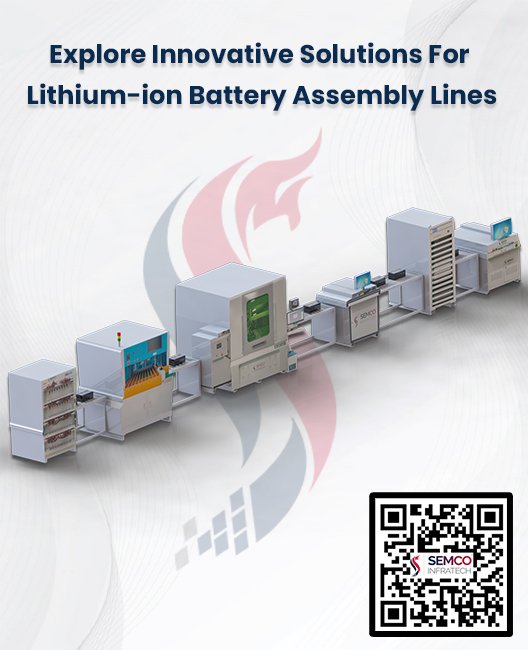The electric vehicle (EV) revolution is here, driven by the rise in lithium-ion batteries fueling cars, energy storage systems, and numerous electronics. This surge brings a pressing requirement: to efficiently and sustainably recycle these batteries. It’s vital to comprehend the present situation, obstacles, and prospects in lithium-ion battery recycling for a greener future.
A Market Poised for Explosion:
The International Energy Agency (IEA) presents an exciting outlook, forecasting a lithium-ion battery production capacity of 7 terawatt-hours (TWh) by 2030. This rapid growth, signaling the TWh era, signifies a worldwide manufacturing transformation with aspirations to take the lead. However, amid this advancement, a hidden challenge arises.

The Looming Lifespan Dilemma:
Lithium-ion batteries, essential for EVs and various electronics, have a limited lifespan. When they are eventually discarded, they present environmental risks because of the presence of hazardous materials such as lithium, cobalt, and nickel. Without appropriate recycling, these batteries can be disposed of in landfills, releasing toxic substances into the soil and water.
Navigating the Path to Sustainability:
Thankfully, there are diverse approaches to address this challenge:
- Reusing: Prolonging battery life by giving them new roles, such as stationary energy storage, provides a sustainable solution.
- Transforming: Converting old batteries into compact power units for electronics or finding innovative non-energy applications showcases environmental responsibility.
- Recycling: This essential technique includes breaking down used batteries and extracting valuable metals and compounds. These recovered materials are then utilized in new batteries, reducing dependence on fresh resources.
By embracing these methods, we can contribute to a more sustainable and responsible use of batteries.
Why Lithium-Ion Battery Recycling Matters:
As the world electrifies, lithium-ion battery recycling becomes crucial. Fueled by the fight against climate change, electric vehicles (EVs) are surging in popularity, and with them, the need for a robust battery recycling infrastructure. By 2030, over 20 countries aim to either go fully electric or ban traditional gas-powered cars. This rapid shift makes recycling used lithium-ion batteries essential, not just to protect the environment from harmful waste, but also to address the looming shortage of raw materials needed for new batteries.
Extracting Value from Waste: The Recycling Journey:

Several techniques are used to reclaim valuable materials from used batteries:
1. Direct Recycling: This approach maintains battery components intact, ensuring high purity but encountering technical difficulties.
2. Hydrometallurgy: By using water-based solutions to extract metals, this method is costly but flexible and widely recognized.
3. Pyrometallurgy: This traditional method involves incinerating batteries to retrieve raw metal, raising worries about air pollution and energy use.
Challenging the Status Quo:
Efficient and widespread lithium-ion battery recycling faces several obstacles:
1. Technical Hurdles: Current technologies struggle with the diverse and non-standardized nature of lithium batteries, impacting efficiency and yield.
2. Battery Design Complexities: Evolving intricate battery designs pose challenges in disassembly and pretreatment, requiring adaptable technologies.
3. Material Challenges: Managing mixed cathode materials and specific anode material requirements calls for innovative recycling solutions.
Economic Factors: Where Opportunity Meets Challenge:
The economic success of recycling relies on reclaiming valuable cathode materials such as cobalt and nickel. It’s essential to optimize current technologies and reduce processing costs to make large-scale adoption economically feasible.
Building Trust and Transparency:
To convince major battery manufacturers to use recycled materials, thorough testing and validation are needed to guarantee performance equal to or better than virgin materials. Transparency and collaboration across the supply chain are essential for building trust and promoting broader adoption of recycled materials.




